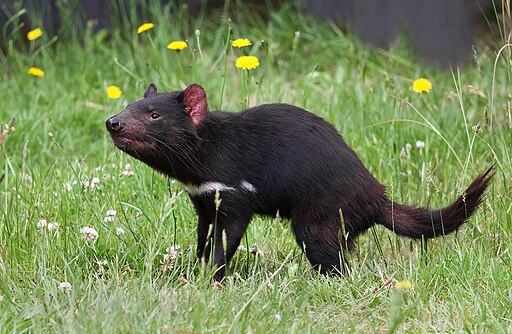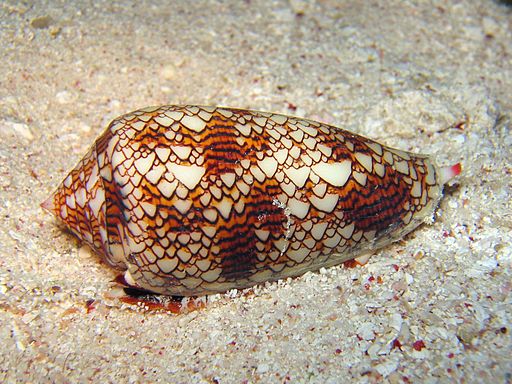We have often heard about collective names given to animals. Few things are simple.
Herd is used for deer, antelopes, zebras, giraffes etc.
Pack is used for wolves, jackals, dogs etc.
Pod is used for whales, dolphins etc.
Things start getting bizarre, now
Dinosaurs get two different nouns - herd is used for herbivores and pack is used for carnivores.
Crocodile's and alligator's groups have got different names. Crocodile's group is called as bask, whereas alligator's group is called as congregation. And a group of calf alligator is not congregation but a pod!
 |
| Image courtesy of [njaj] at FreeDigitalPhotos.net |
For ex. band of gorillas, cartload of chimpanzees and bonobos, buffoonery of orangutans!!
Well, if this not enough, imagine an animal using several collective nouns. Yes there are few of those oddities.
A group of zebra can be called a herd, crossing, zeal or a dazzle.
A group of elephants can be called a herd, parade, memory or even a crash.





